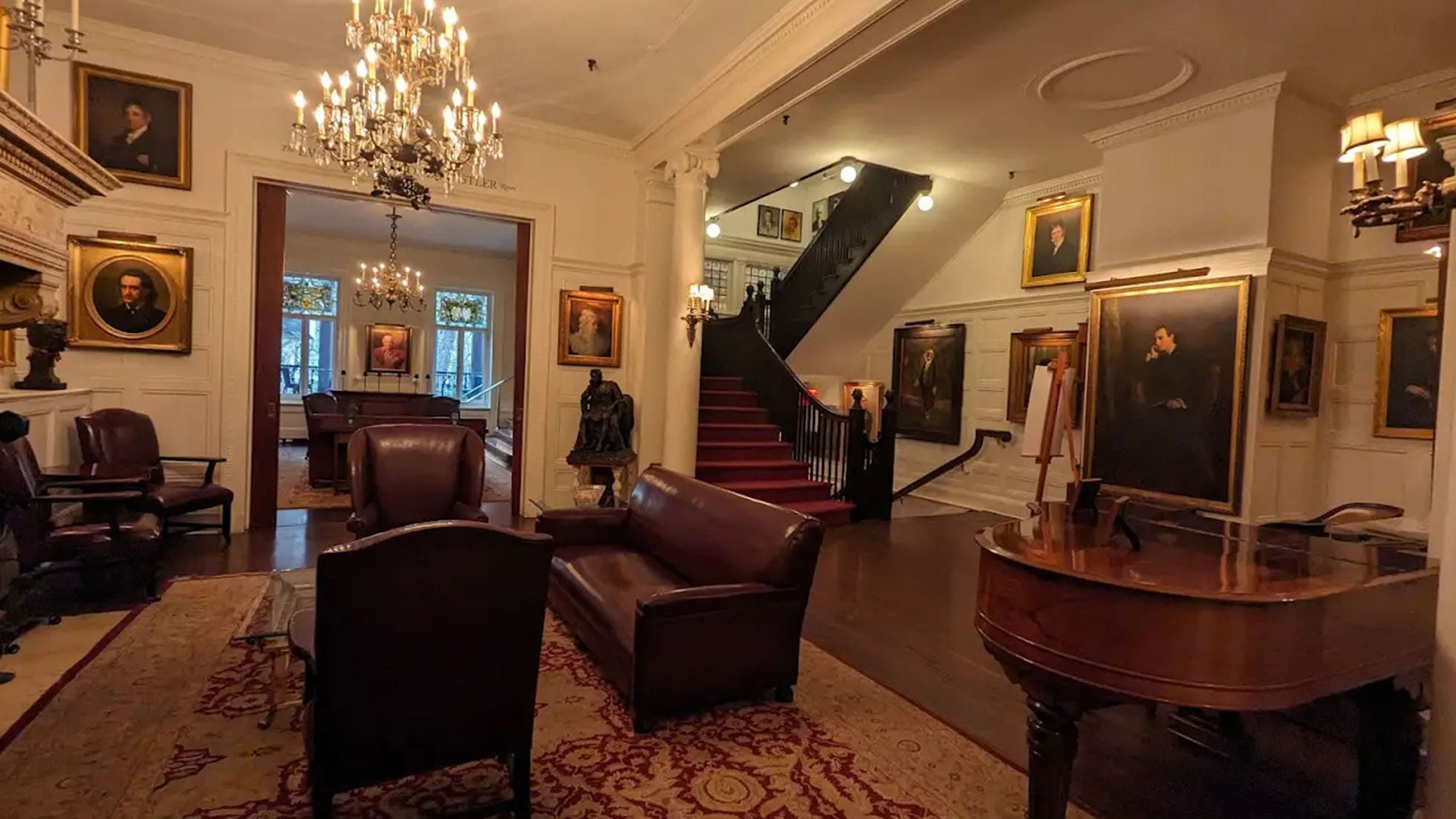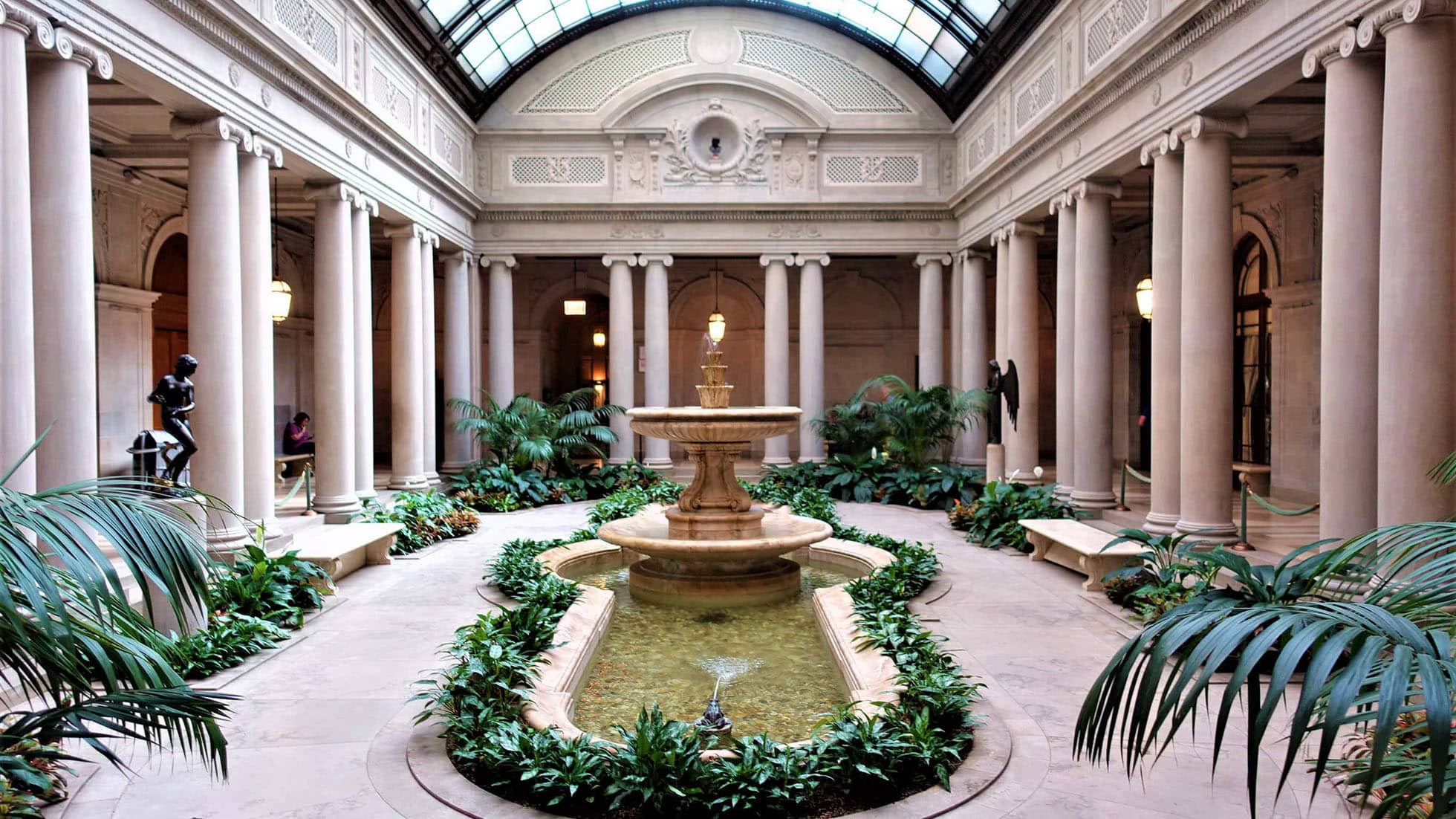
Inside The Players Club—New York's Exclusive Haven for Artists, Performers, and Art Lovers
Few places in New York possess the quiet gravitas of The Players Club. Located at 16 Gramercy Park South, it stands not simply as a private club, but as a living artifact of the city's intellectual and theatrical history. The building itself—a four-story, red-brick mansion overlooking Manhattan's last private park—has, since 1888, drawn the city's most influential artists, performers, and patrons of the arts into its rich, wood-paneled fold.
The club was founded by Edwin Booth, widely considered the greatest American actor of the 19th century. A towering Shakespearean presence and brother of John Wilkes Booth, Edwin sought to establish a sanctuary where those who lived for the stage could gather as equals with those who supported it. What emerged was more than a gentleman's club: it was a transatlantic salon of art and intellect—a cultural crucible tucked behind velvet drapes.
At Kilim Couture New York, we have always deeply appreciated and supported the creative community, and The Players Club perfectly embodies this spirit of artistic reverence and collaboration.
The transformation of the building from stately residence to storied clubhouse was overseen by architect Stanford White of the famed firm McKim, Mead & White. White imbued the interiors with quiet grandeur: oak-paneled drawing rooms, coffered ceilings, stained glass transoms, and a small, jewel-like theater that still hosts performances to this day. The mood inside is unmistakably Old World—warm brass fixtures, gas lamps, timeworn velvet, and staircases wrapped in red carpet that ascend past oil portraits of theatrical greats.
One such portrait is John Singer Sargent's full-length portrait study of Edwin Booth (1890), a striking oil on canvas that captures the actor's regal presence. This stunning work stands above the fireplace in the Kinstler Room, adjacent to the Great Hall, which is among the most visually arresting spaces in The Players. Named in tribute to long-time member and portraitist Everett Raymond Kinstler, the room features paintings and drawings of actors and performers who were part of The Players' membership—an evolving collection that mirrors the legacy of the American stage itself. The Kinstler Room, steeped in rich history, serves as a living museum of performance and artistry, showcasing the personalities who helped define the theatrical world.

Mr. Kirimli, founder of Kilim Couture New York, standing in front of the reproduction of John Singer Sargent's full-length portrait study of Edwin Booth.

Mr. Kirimli, founder of Kilim Couture New York, standing in front of the portrait of Christopher Plummer as Prospero.
Just off the Kinstler Room is The Alcove, a raised space where portraits of former club presidents and actors Dennis King, Roland Winters, and Jason Robards—all painted by Everett Raymond Kinstler—grace the walls. These likenesses add further depth to the room's intimate atmosphere, cementing its role as a shrine to the legacy of The Players.
On the second floor, the Hampden-Booth Library offers a glimpse into the club's intellectual spirit. Originally two large rooms, each with its own fireplace and red African marble mantel, the library is lined with leather-bound volumes and intimate spaces for conversation and quiet study. Over one mantel hangs a quote from The Tempest: "My library was Dukedom large enough for me.". The other, from Titus Andronicus, reads: "Take choice of all my library.". The library serves as a favorite spot for writers and thinkers, hosting evening talks, discussion groups, and intimate dinners—all infused with the same deep sense of history that pervades the rest of the club.
The Players is a space that rewards slowness. It is not ostentatious. There are no gilded chandeliers or marble sweeping staircases; instead, the opulence is in the weight of history, in the layering of leather-bound volumes, and the portraits of long-departed performers gazing out over clubrooms like old friends who never quite left. The silence of the billiards room, the low hum of conversation over cut crystal—it all adds up to an atmosphere that feels as if it exists outside of time.
Its members over the decades form a staggering roll call of cultural icons: Mark Twain, Walt Disney, Ernest Hemingway, Nikola Tesla, Laurence Olivier, Katharine Hepburn, Frank Sinatra, Humphrey Bogart. Some gathered to debate, some to observe, many simply to absorb the heady air of ideas, wit, and theatrical reverence. Edwin Booth's private quarters remain preserved on the top floor—a Victorian time capsule complete with his library, personal effects, and the same bed in which he passed away in 1893.
To spend an evening there—attending a play in the club's private theater, sipping a drink beneath a portrait of Twain, or catching a whisper of laughter from the library—is to touch a continuity that is all too rare in a city driven by reinvention. The Players doesn't strive to keep up with the world. It continues, quietly, on its own terms.
And in that stillness, that velvet-lined sliver of another century, lies its enduring allure.




Leave a comment
This site is protected by hCaptcha and the hCaptcha Privacy Policy and Terms of Service apply.